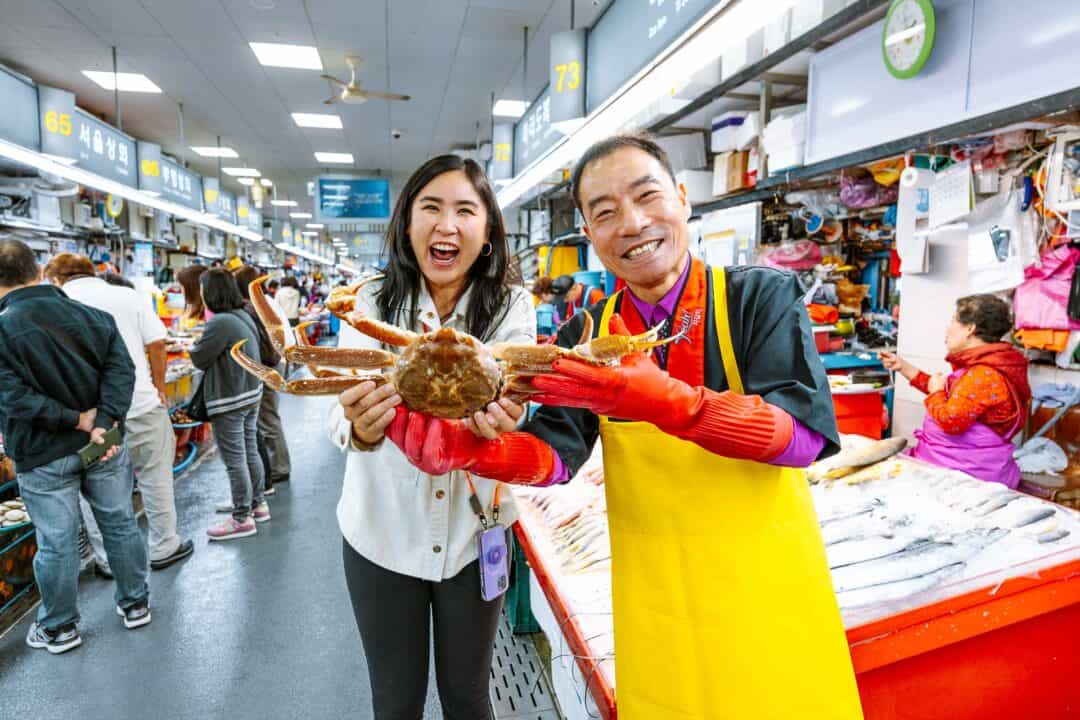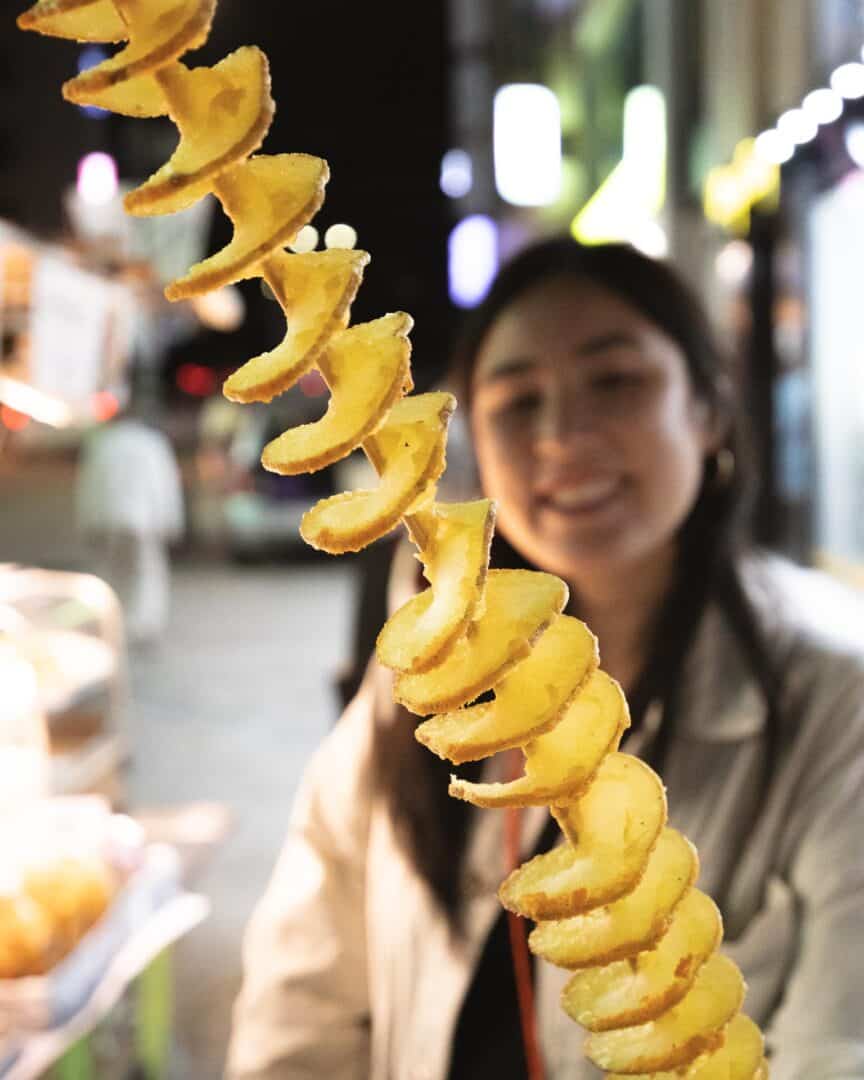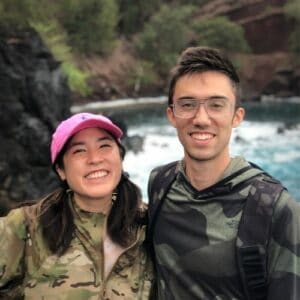The Froggy Aventures is reader-supported. If you make a purchase through one of our affiliate links, we may earn a commission at no additional cost to you.
Often dubbed the “Most Korean place in Korea,” Andong is a city that epitomizes the essence of traditional Korean culture and heritage. It is renowned for its preservation of ancient customs, architecture, and folk traditions, making it a unique and authentic window into Korea’s rich history.
In this article, we’ll share our curated list of must-see sights and must-eat delicacies. Whether you’re a history buff, a cultural enthusiast, or a foodie, our guide to Andong will help you make the most of your journey into the heart of traditional Korea.
Things to Do in Andong
Surrounded by natural beauty, including serene rivers and mountains, Andong offers a blend of natural landscapes and cultural richness, attracting those who seek to experience the soul of traditional Korea.
Here are some of our favorite things to do in Andong:
Bongjeongsa Temple

📍 Bongjeongsa Temple – Google Maps | Hours: Daily, 9 am to 6 pm
Originally built sometime during the 7th century, Bongjeongsa Temple is the largest Buddhist Temple in Andong. Nestled in a secluded mountainous area, it has been shielded from war-related damage over the years.
Bongjeongsa Temple is the location of Geungnakjeon, Korea’s oldest wooden building, which dates back to the early 13th century.
More recently, Queen Elizabeth visited the temple in 1999 and gave a prayer.
Hahoe Folk Village
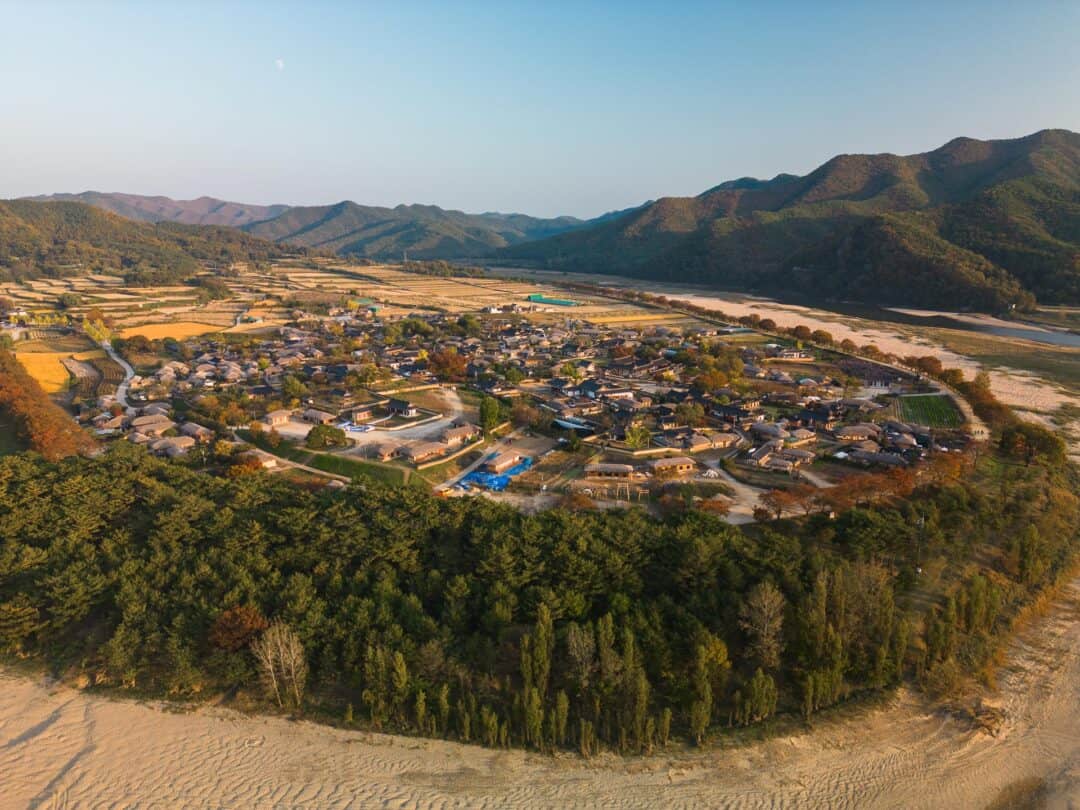
📍 Hahoe Folk Village – Google Maps | Hours: Daily, 9 am to 6 pm
Hahoe Folk Village, located near Andong, is a traditional Korean village from the Joseon Dynasty, renowned for its well-preserved ancient houses, cultural heritage, and the famous Hahoe Mask Dance Drama.
As a UNESCO World Heritage site, it is renowned as well-preserved clan village, reflecting the Confucianism of Korea’s Joseon dynasty.

While Hahoe Folk Village is often seen as the main attraction of Andong, it’s not really located in Andong at all. Rather it’s a 45-minute bus ride west of Andong.
However, there is a bus that takes you from downtown Andong to Hahoe Folk Village – you can’t miss the bus since it has unique decorations.

🚌 Bus 210 goes from Downtown Andong to Hahoe Folk Village.
When you get to the Hahoe Folk Village, the bus drops you off at the entrance where the restaurants and ticketing counter are located.
You’ll need to catch a separate shuttle to get to the village itself – just follow the blue line on the ground and it takes you to the shuttle that goes to the village.
The Hahoe Folk Village is easily a half-day activity, especially if you visit the nearby Hahoe Mask Museum.
Just a short distance from Hahoe, the Byeongsanseowon Confucian Academy sits along the Nakdong River. It’s a worthy side-trip from Hahoe if you have some extra time and are interested in checking out another UNESCO World Heritage Site.
Wolyeongjong Bridge

📍 Wolyeongjong Bridge – Google Maps | Hours: Daily, 9 am to 6 pm
The Wolyeongjong (Woryeonggyo) Bridge is a pedestrian footbridge that goes right across the Nakdong River.
When the sun goes down, the entire bridge lights up and is a beautiful and fun place to hang out, which makes it popular for sunsets.
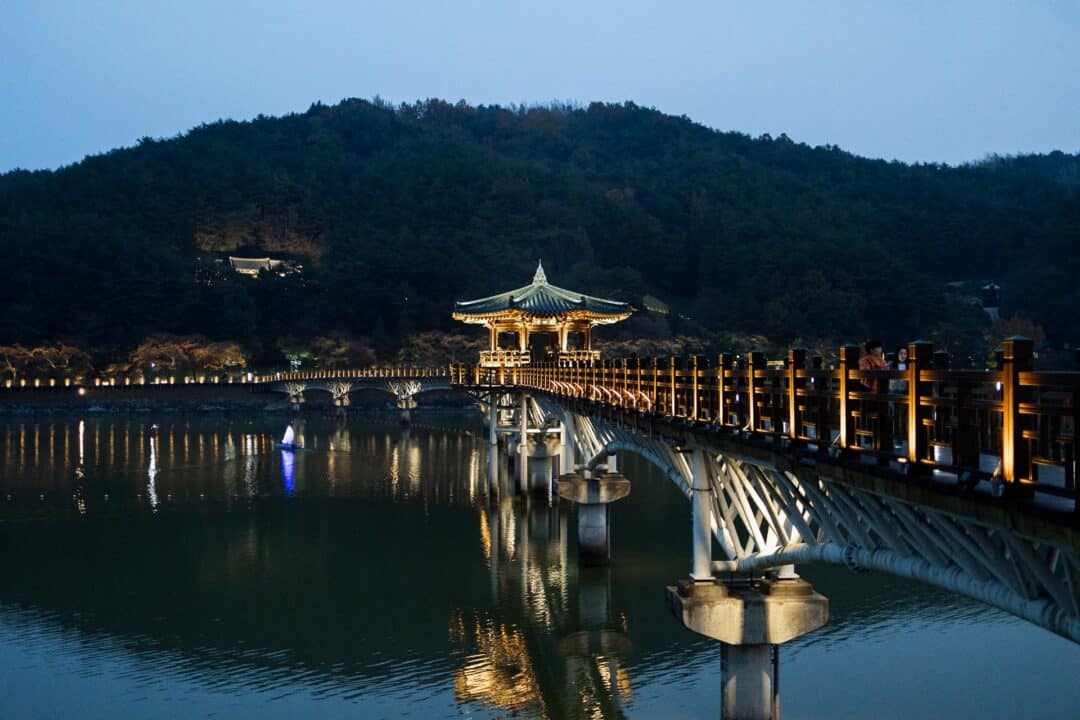
The center of the bridge has a pavilion which is a good stopping point to soak in the views of the river and surrounding area.
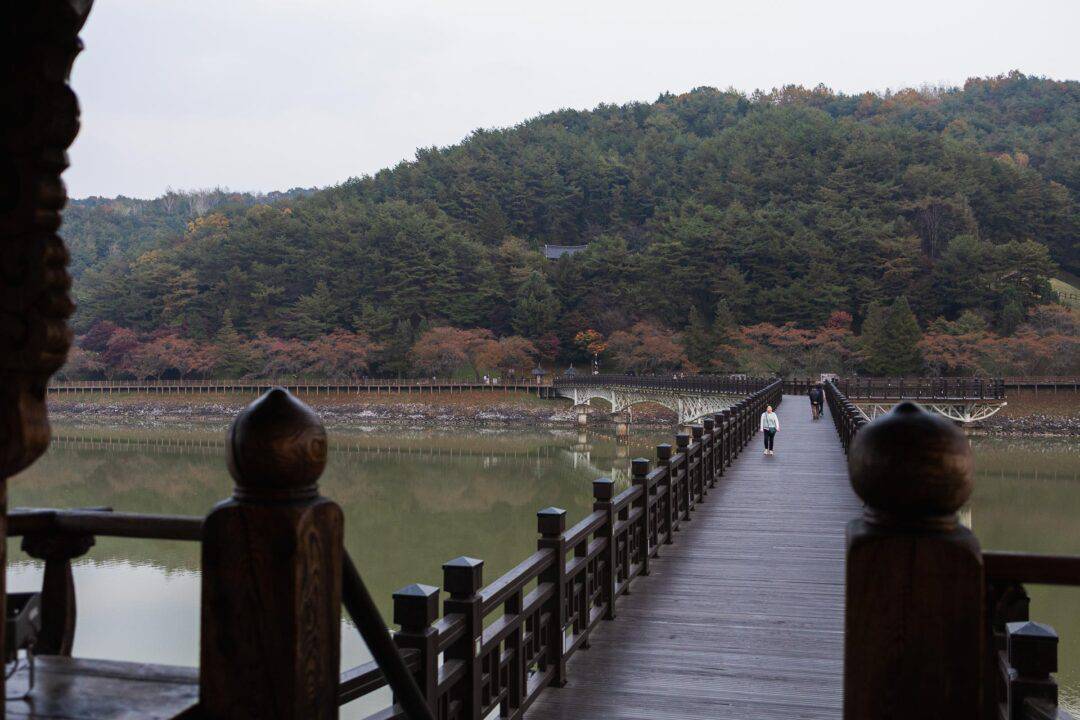
Another way to enjoy the bridge is to take a moon boat ride on the river. There is a boat station right next to the bridge’s entrance where you can rent a boat for a romantic ride under the bridge.
When we first visited the Wolyeongjong Bridge, we were told that it was the largest wooden bridge in Korea. However, we noticed that the bridge was fully supported by steel underneath. Only the top and sides of the bridge are made of wood.
After doing a bit more research, we found that it’s actually the longest wooden-fenced bridge in Korea, which is more accurate.
Dosan Seowon Confucian Academy
📍 Dosan Seowon – Google Maps | Hours: Daily, 9 am to 5 pm
Dosan Seowon is a cultural landmark that has impacted Korean history, culture, and Confucian philosophy.
Established in the 16th century, it was originally founded by the revered Korean Confucian scholar Yi Hwang (also known as Toegye), who is one of the most prominent figures in Korean Confucianism.
Dosan Seowon served as an educational institution and a place for the study and discussion of Confucian principles. It was also a regional hub for scholars and intellectuals of the time.
Dosan Seowon is an example of traditional Korean architectural design. It reflects the Confucian ideal of living in balance with nature by blending in with its natural surroundings. The complex includes lecture halls, living quarters, and shrines dedicated to Yi Hwang and other notable scholars.
Andong Maskdance Festival
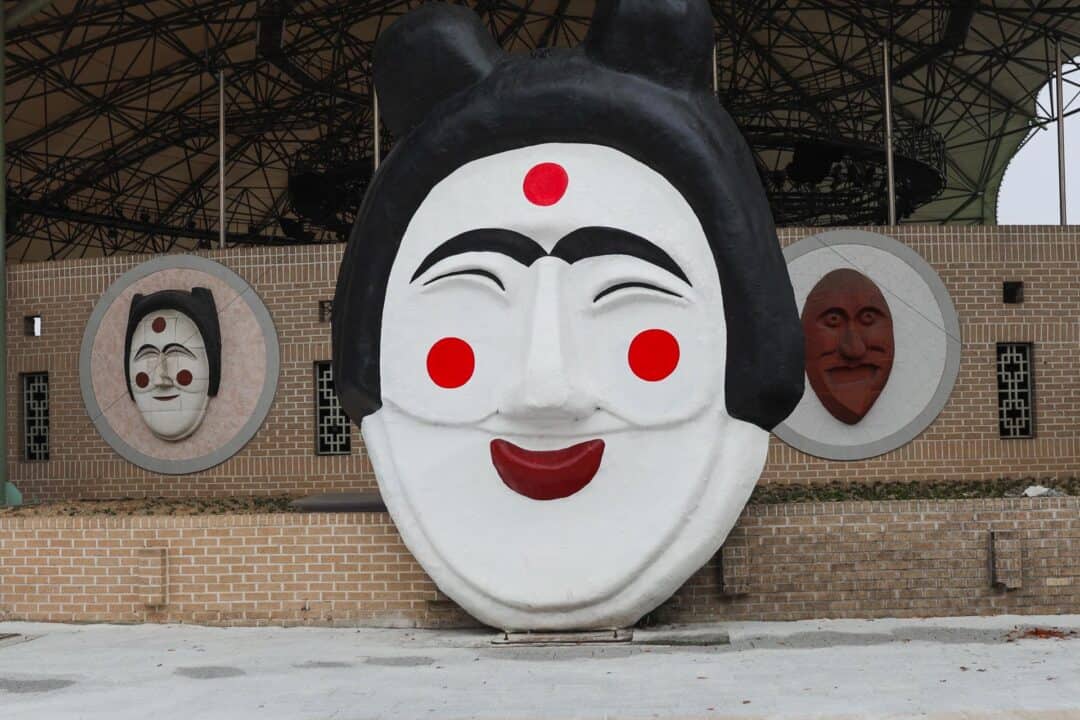
Every year, during late September to Early October, the Andong Maskdance Festival turns Andong into an international destination.
This festival celebrates traditional Korean mask dance, known as “Talchum,” along with other forms of mask dance from around the world.
Alongside the mask performances, some exhibitions delve into the history and significance of mask dance in Korean culture and how it compares to similar traditions worldwide.
In addition to the mask aspect, the festival is also known for street parades, traditional games, and food stalls, adding to the festive atmosphere.
More Things to Do in Andong
- Nakgang Waterway Park: This cute park is located up the road from the Wolyeongjong Bridge and has a water fountain that’s popular for Instagram photos.
- Nakdong River Musical Fountain: Located on the Nakdong River in a park just south of downtown, this is a large fountain that puts on a water light show every night at 8 pm!
- Andong Municipal Folk Museum: This is a free museum that’s located across the river from the Wolyeongjong Bridge. It focuses on the history of the area and exhibits and is a good place to visit for an hour if you’re interested in what life was like in old Korea.
- Andongdaem: For those interested in infrastructure, the Andong dam is a large embankment dam that generates 90 MW of power for the area. You can walk on the dam after 10 am.
- Pagoda at Beopheungsa Temple: The oldest and largest brick pagoda remaining in Korea. Though to have been built sometime during the 8th century, this pagoda is around 1300 years old and is the only structure that remains from the Beopheungsa Temple.
Unique Things to Eat in Andong
As the cultural center of Korea, Andong not only has sights to see, but traditional food to eat as well.
Here are some must-try dishes that you should eat when visiting Andong:
Jjimdak

📍 Jjimdak Alley (Jungang Old Market) – Google Maps
Jjimdak is a popular Korean dish that’s best described as a savory chicken stew.
The dish, which means “braised chicken” (jjim = steamed or braised, dak = chicken), originated in the Andong region.
The main ingredients include chicken, vegetables (like carrots, potatoes, and onions), and sweet potato noodles. These are cooked in a soy sauce-based mixture, often with a hint of garlic, ginger, and Korean chili paste (gochujang) for added flavor.
We recommend eating jjimdak with some friends, since it’s a communal dish that would be very difficult to finish by one person (the two of us couldn’t even finish a small portion!)
Where to eat jjimdak:
In Andong’s Jjimdak Alley there are over 30 jjimdak restaurants. We ate at Shinsegae Jjimdak, which is considered the star of Jjimdak Alley since it’s owned by the runner-up contestant on a Korean food TV show “Hansik Battle”.
Heotjesatbap
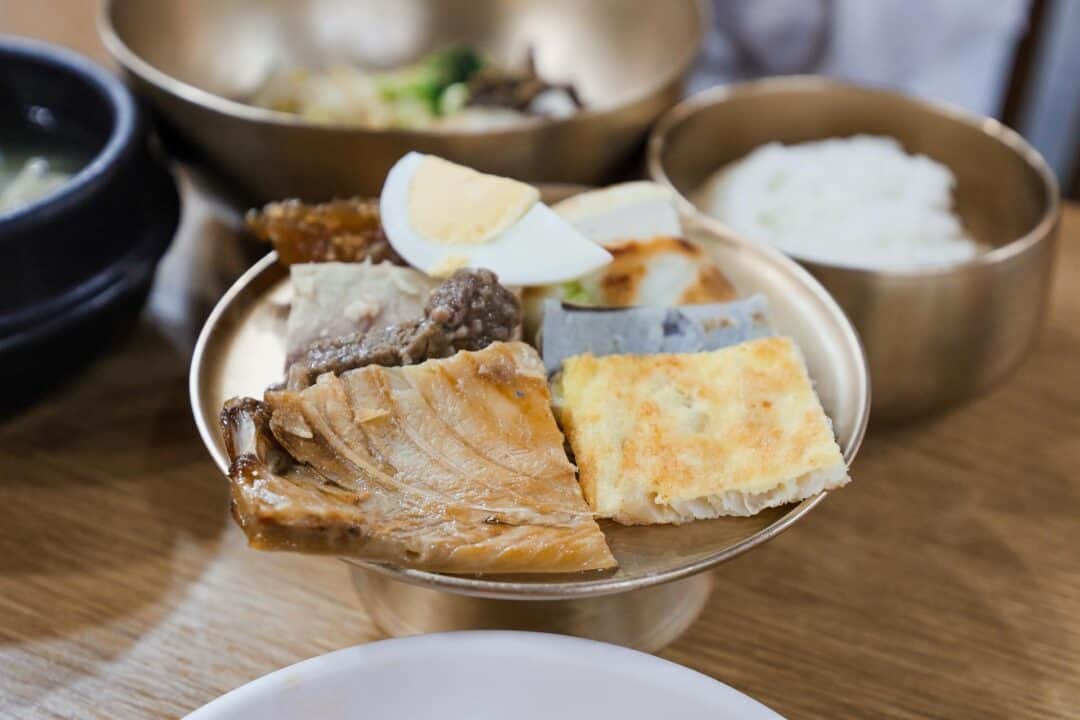
Heotjesatbap is a traditional Korean dish that originates from Andong. The dish is essentially a type of bibimbap.
Heotjesatbap is unique because it was originally prepared as a ceremonial dish for ancestral rites.
This dish consists of rice and a variety of ingredients such as cooked and seasoned vegetables, mushrooms, and meat or fish.
The key feature of heotjesatbap is that it includes a variety of namul (seasoned vegetable side dishes) and is often served with a special soy sauce-based dressing.
Where to eat heotjesatbap:
The restaurants at Hahoe Marketplace near the entrance to Hahoe Folk Village are the go-to for most visitors to get a taste of heotjesatbap. If you want to eat heotjesatbap there, you should plan to arrive early since the dish tends to sell out.
However, if you head over to the Woryeonggyo Bridge, you’ll find a bunch of restaurants that specialize in serving heotjesatbap all afternoon and evening. Among those, Mat 50-nyeon Heotjesabap is actually the first restaurant that commercialized heotjesatbap in Andong.
Andong Salted Mackerel
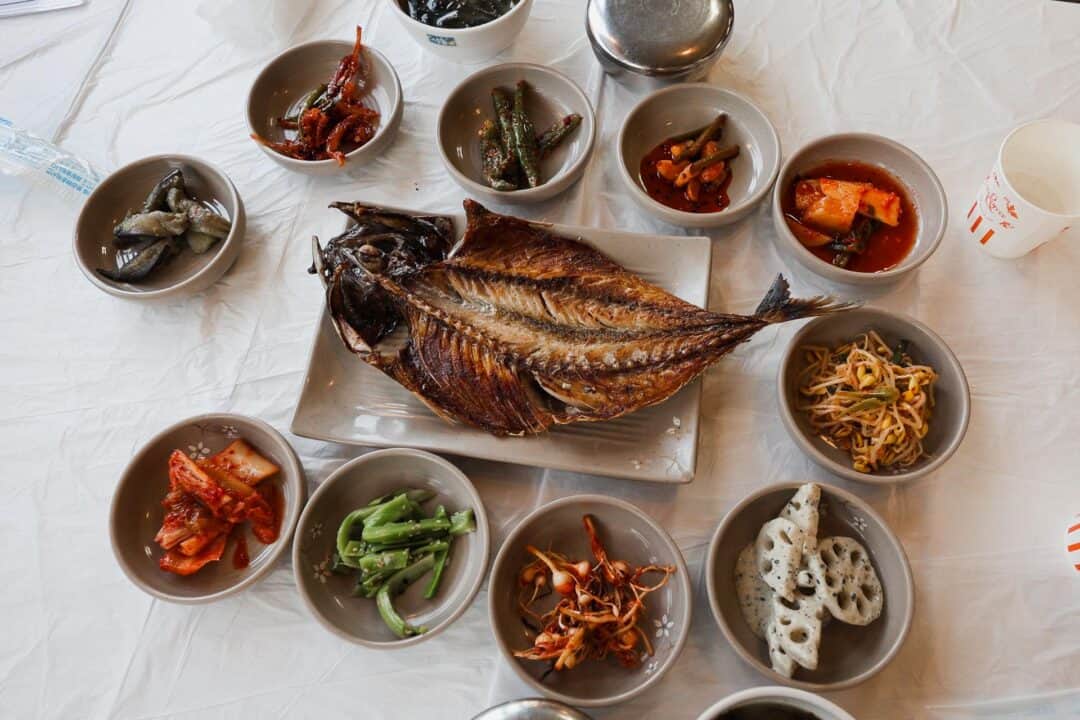
Andong salted mackerel, known as Andong godeng-eo in Korean, is a traditional dish from Andong.
The preparation of Andong salted mackerel requires a generous salting and fermentation period. The fermentation process not only preserves the fish but also imparts a rich flavor and a tender texture.
After the preparation period, the fish is either grilled or pan-fried and served with rice and a variety of side dishes.
The salting of the fish is traditionally done not for flavor, rather it was used as a preservation technique when transporting the fish from Korea’s coastline all the way inland to Andong.
Where to eat Andong Salted Mackerel:
As with Heotjesatbap, the restaurants at Hahoe Marketplace near the entrance to Hahoe Folk Village are the go-to for Andong Salted Mackerel.
There are also restaurants scattered in Andong’s downtown area that serve the salted mackerel dish.
If you want to try the restaurant that first created the Andong Salted Mackerel set menu, head over to Andong Gangodeungeo Yangban Bapsang.
How to Get to Andong
Andong’s train and bus stations are located on the west side of Andong, so you’ll need to either catch a taxi or the city bus to get to Andong from the bus or train station.
How to Get to Andong by Train
📍 Andong Train Station – Google Maps
To look at train schedules to Andong, you can browse the Korail website. However, many people have trouble using their foreign (non-Korean) credit card to purchase Korail tickets online.
Instead, we recommend using Trip.com to purchase Korean train tickets as a foreigner. Their interface is much easier to use to browse and purchase Korean train tickets.
Another way to purchase Korean train tickets is to figure out what train you want to catch and then go to your nearest train station to purchase the train ticket in person. If you purchase a train ticket in person, they can accept your foreign credit card with no problem.
No matter what method you use, it’s best to purchase train tickets as far in advance as possible since they tend to fill up, especially on the weekends.
How to Get to Andong by Bus
📍 Andong Bus Station – Google Maps
Getting to Andong by Bus is also a good option since Korea has tons of large, comfortable buses that go all over the country.
However, booking bus tickets online as a foreigner is nearly impossible unless you have a Korean credit card (trust us, we tried).
We recommend using the Korea Bus Transportation website to figure out what bus you want to catch, then going to your nearest bus station to purchase your ticket in person.
How to Get Around Andong
Andong doesn’t have a metro system, and all of its main attractions are quite far out of town. So getting around Andong can be a challenge unless you rent a car.
But don’t let that deter you! There is quite a lot to see and do in Andong City, and if you plan your trip properly, you can make use of Andong’s bus system and taxis to get around when needed.
Getting Around Andong by Bus
While Andong has a pretty extensive city bus system, we found that the buses don’t run very often, and we often had to wait long periods to catch the bus.
After a couple of days of trying to navigate Andong’s bus system, we eventually found the Andong bus website and it was extremely useful.
I recommend using the route search function without typing anything in. If you search for a route without typing in a route number, it will show you all of the bus routes around Andong. From there, you can click on a route to view it.
The route viewer has a bus tracker on it, so you can see exactly where each bus is on its route. Additionally, the bus stops are overlaid on the route, so you know when your stop is coming up.
When we were in Andong, I always had the bus website open in a tab on my phone, so I could easily see where the buses were located when we had to go somewhere.
Getting Around Andong by Taxi
If you can afford to catch a taxi everywhere, that’s definitely the most time-effective way to get around Andong.
We recommend using Uber to catch a taxi in Korea. The Uber app interfaces with Korea’s local taxi system so you don’t need to worry about language barriers when telling your cab driver where you need to go.
You can also pay the cab driver through the Uber app so you don’t need to worry about payment when you get to your destination.


